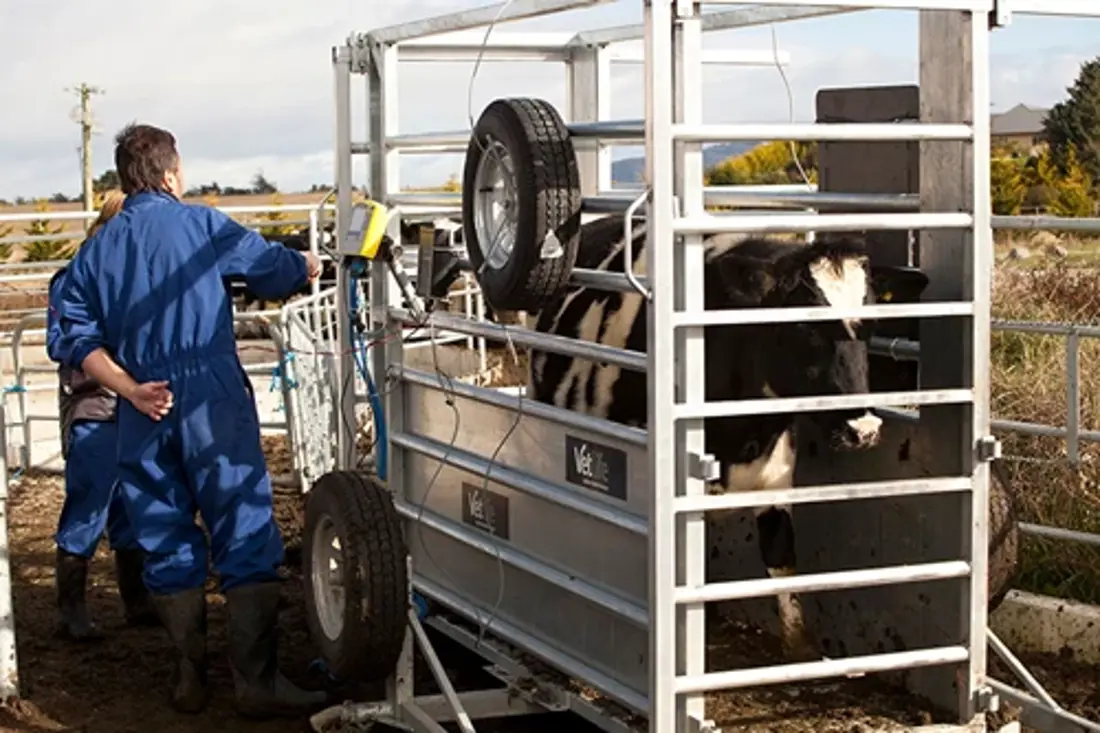Measuring Breeding Worth Performance
2 min read
Cow performance measurement lets you identify the most and least productive cows in your herd. This page explains how to determine your herd's Breeding Worth (BW), taking into account eight genetic traits such as milk production, weight, and fertility. Regular herd testing, consistent weighing of the herd, and meticulous calving and mating records are vital. They provide the data you need to make effective choices about which cows to keep or cull. Remember, detailed data collection is key for accurate BW calculations, aiding in the management of a healthy, high-performing herd.
Measuring cow performance shows you who your best and worst cows are. Having this information helps you to decide which cows you should keep replacement heifers from, and which you should cull. Breeding Worth (BW) incorporates the genetic merit of an animal across the different traits. Learn more about Breeding Worth and the traits associated with it here.
The more of these traits that you measure on-farm, the more accurate your herd Breeding Worth will become.
The three ways are:
Herd test throughout the season to know who your best and worst producers are.
Herd testing allows us to determine a cow’s productive ability. Herds are typically tested on various days across the season and that information is used to estimate the somatic cell count average and the milk protein, fat, and volume yield for the season. Herd testing is more flexible than ever before. Advances in how herd test data is interpreted mean farmers can now choose how many tests to complete, and whether they’d like to sample the herd at both morning and evening milkings, or just once a day.
Completing fewer herd tests or opting for a single sample herd test can save time and money, but there is a trade-off in that the production data will be less accurate. To obtain accurate genetic estimates for selection or culling purposes, DairyNZ recommends four double-sample herd tests each season.
Weigh your herd - this data combined with herd test results will show you your most efficient cows.
Weighing the cows in your herd will help you identify animals that are producing milksolids most efficiently. A cow with a high liveweight will be less efficient then a lower liveweight animal with similar production.

As an industry, we aim increase the genetic potential of our cows for producing milksolids, while maintaining a constant liveweight. It is beneficial for farmers to weigh cows at least once during their time in the milking herd as this is likely to have a noticeable impact on their BW and PW indices.
Take care with calving and mating records to ensure your replacement heifers have accurate BW's.
Keeping accurate calving and mating records not only provides vital pedigree information for the replacement heifers in your herd, but it’s also essential for estimating a cow’s genetic merit for fertility.
Cows that present for mating and calve earlier are generally more fertile. Therefore, it’s important to know a cow’s calving and mating dates to determine her genetic merit for fertility.
Now’s the perfect time to check in, plan, and set up for a strong season. We’ve pulled together smart tips and tools to help you stay ahead all winter long.
Whether you prefer to read, listen, or download handy guides, we’ve got you covered with trusted tools to support your journey every step of the way.